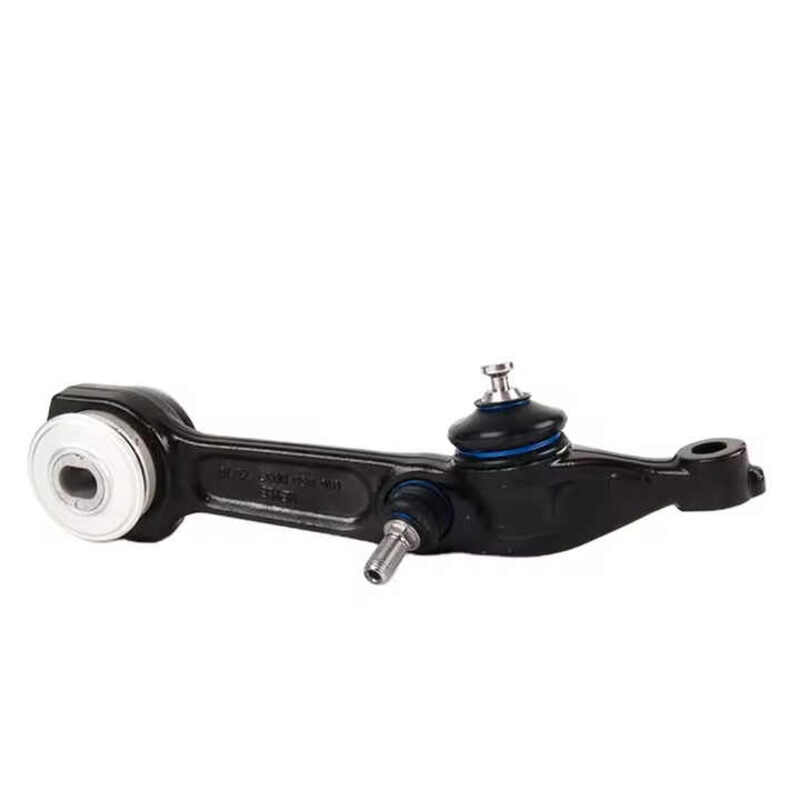
When discussing the driving experience, handling, and ride comfort of a car, the suspension system is a crucial factor that cannot be overlooked. There are various types of car suspension systems on the market, each with its unique characteristics and suitable scenarios. So, for ordinary consumers, which car suspension system is better? This article will provide you with a detailed analysis of several common car suspension systems to help you make a wise choice when purchasing a car.
MacPherson suspension is one of the most widely used suspension systems on the market. It is renowned for its simple structure, small footprint, lightweight, and low cost. MacPherson suspension consists mainly of shock absorbers, coil springs, and stabilizer bars, providing good handling and stability for the vehicle. However, due to its structural limitations, MacPherson suspension may not perform well under high loads or extreme driving conditions.
Multi-link suspension is a more complex and advanced suspension system. It precisely controls the movement of the wheels through multiple links and shock absorbers, providing superior handling and ride comfort. Multi-link suspension can better adapt to different road conditions and driving styles, so it is more common in high-end sedans and SUVs. However, its complex structure and higher manufacturing costs also mean higher vehicle prices.
Air suspension is a suspension system that adjusts the vehicle's height and stiffness through air pressure. It can automatically adjust the suspension settings based on factors such as driving mode, road conditions, and passenger load to provide optimal handling and ride comfort. Air suspension is commonly seen in luxury sedans and SUVs, and is favored by consumers for its excellent adaptability and riding experience. However, air suspension has higher maintenance costs and may have risks such as air leaks.